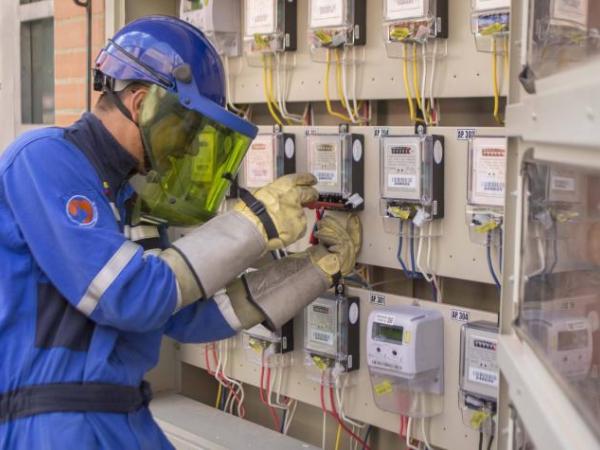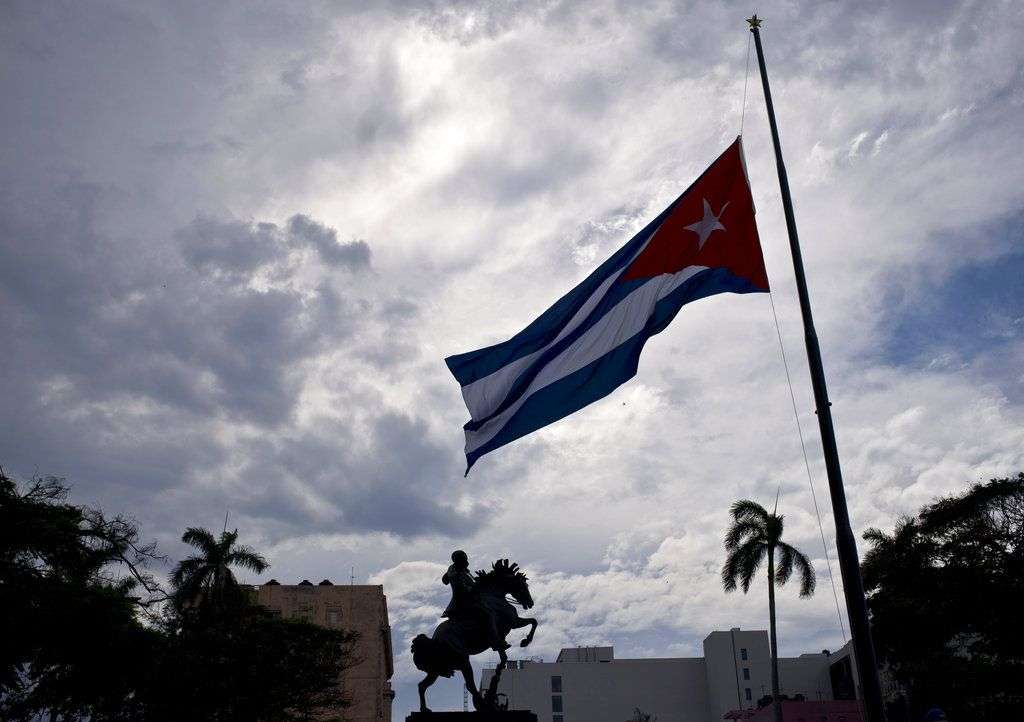In recent days, the discussion of energy rates it has taken the energy sector and at a general level. Much has been said about the causes of this problem, which has numerous variables and was strongly impacted by external factors, such as indexers.
(Read: EPM announced special measures to deal with energy rates).
This has led the national government to announce measures to control this rise. In fact, within the framework of the Andesco Congress, the Minister of Mines and Energy, Irene Vélez, said that they were evaluating alternatives for the short, medium and long term.
According to the official, in the short term, it will be rI would review which indicator applied to the contracts (IPP or IPC) it is the best to use and that the prices do not skyrocket. It should be remembered that these are applied to generation, distribution, and transmission contracts, among others of the 6 components. In the medium and long term, the proposal was aimed at creating a specific indicator for the sector that would not be so strongly affected by externalities.
Precisely in this context, Jorge Andrés Carrillo, manager of EPM, reported that they had made the decision to advance measures to curb the rise and reduce the final prices of invoices. “A few days ago, together with Mayor Daniel Quintero and the EPM team, we were exploring alternatives to alleviate the rate increases that some users in the country are experiencing. We had meetings with unions and the Ministry of Mines and Energy and the consensus is to find tools to for this to happen”, explained the manager of the company.
(Also: The two plans contemplated by Minenergía to face rate hikes).
For this reason, the company chose not to apply the IPP indexer to generation contracts, this could begin to have an impact as of October on the invoices of the subsidiary companies of EPM, such as Afinia, Essa, Cens, Edeq, Chec, among others.
Now, this is not the only way out for the sector. There is also an alternative and it is the fare option. This is a measure that had already been adopted during the pandemic and what allowed it is for the rates to be frozen so that there would be no affectations due to price increases.
Once it was finished, the companies had the opportunity to start increasing their rates to match the value they should charge. Camilo Sánchez, president of Andesco, recalled that for 14 months the rate was frozen, even though the costs did increase.
Since it was decided to eliminate the tariff option, the companies began to gradually withdraw this differential and some have already managed to match it and begin to recover what they stopped charging in the pandemic.
Celsia explained that although, fully applying the Creg formula, their rate would be the highest, due to the rate option they are the company with the highest differential andu actual rate per kilowatt is $825. Now, Celsia Tolima was included in the Oriente ADD, so this will also mean that its calculated rate will no longer be the highest.
(Also: A roadmap to accelerate the energy transition would take a year).
For those companies that are dedicated to distribution, the option presented by EPM is not viable, since they cannot manage the distribution rate. In this case, Marino del Río Uribe, Emcali’s energy manager, points out that the only alternative would be the tariff option. However, he stresses that this could put en risk the financial stability of companies, since they have not yet recovered the portfolio they bring from the pandemic.
Utility companies will have to offer a grace period of two months.
private file
The role that the Government will play in the discussion
In the discussion of electricity prices there have been multiple proposals. Some of the umbrella of action of the National Government and other companies. Applying the tariff option and stopping applying IPP on contracts as an indexer are part of the cards played by the business sector. The Minister of Mines and Energy, Irene Vélez, and the Deputy Minister of Energy, Belizza Ruiz, also presented a series of proposals that are part of the actions of the public sector.
One of the proposals that emerged was the creation of its own indicator for the electricity sector, which allows that when there are circumstances such as the current situation, energy prices are not affected.
(Read: Companies point out ‘guilty’ for high energy prices).
This evaluation could take some time, so for the short term they proposed reviewing which indexer (between IPC and IPP) is more convenient to use. Similarly, there was a proposal for a stabilization fund, however it was discarded by the Ministry of Finance.
Daniela Morales Soler


















